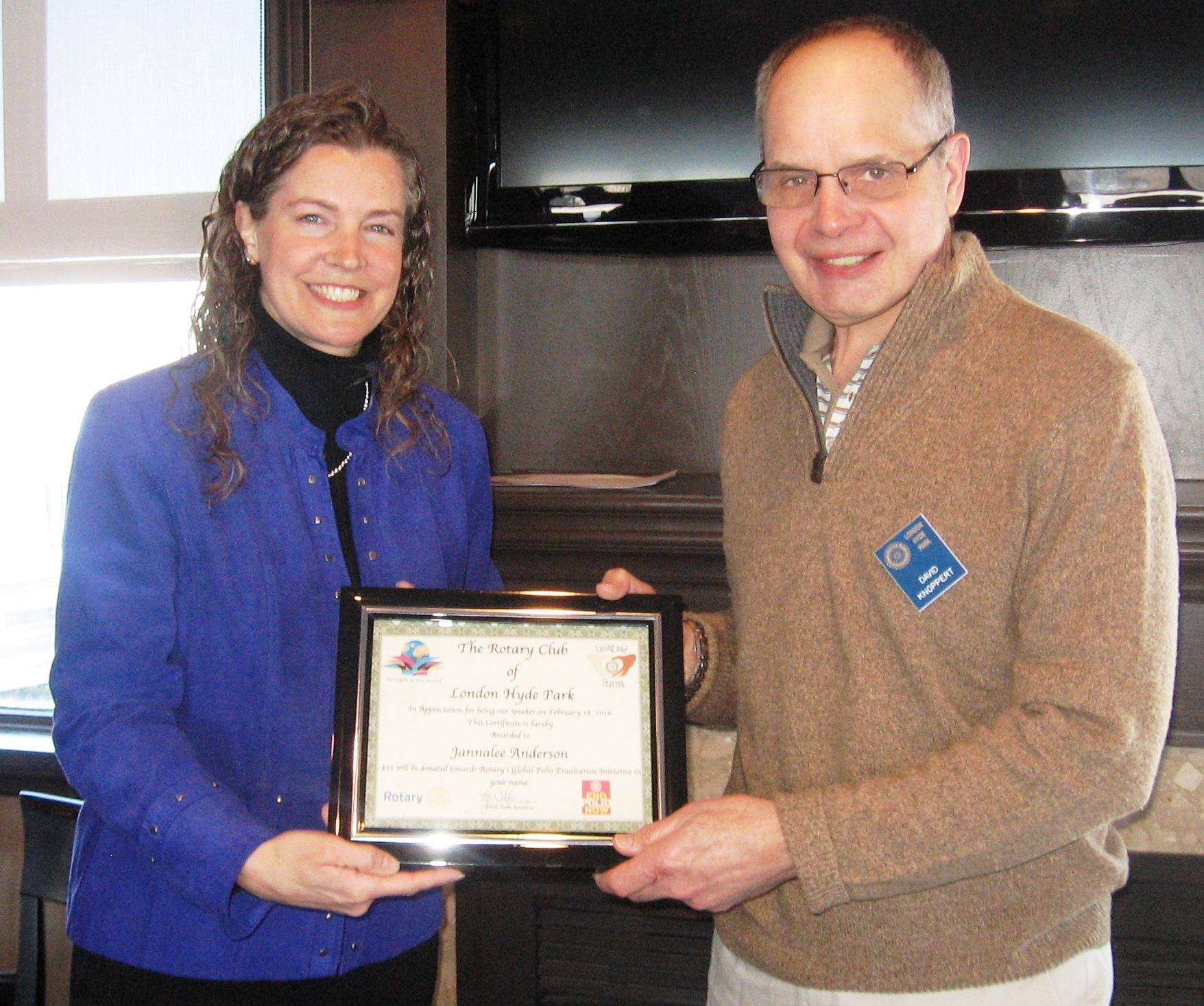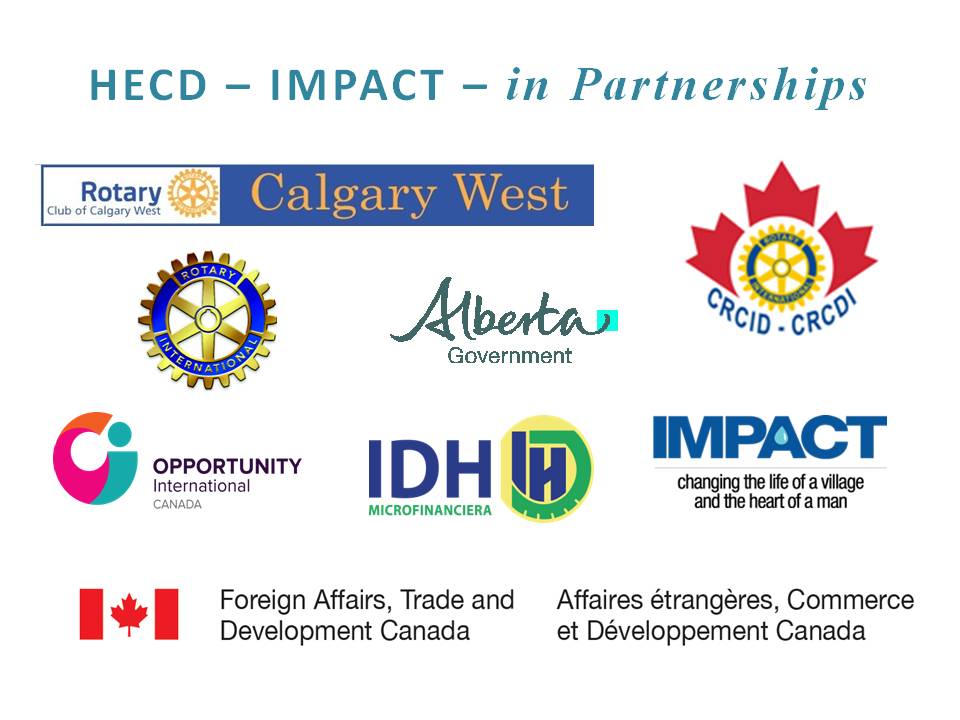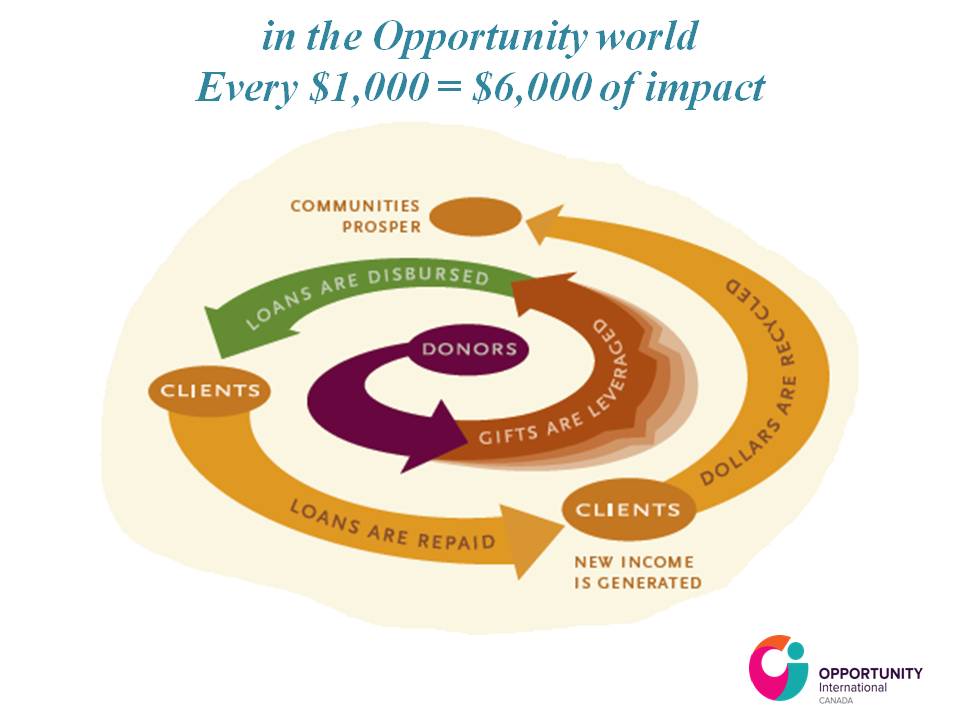Micro Finance: The Business of Hope

Jannalee Anderson, Vice President at Opportunity International Canada, spoke to us on the recently completed Phase 2 of a Rotary project called "Honduras Economic & Community Development (HECD)". This $600,000 project was successful in achieving and exceeding its goals due to the collaboration between several key partners (see partner logos on next page) in both Canada and Honduras.
The goal for the microfinance component of this project was to upgrade the national management information system for IDH, the local Micro Finance Institution in Honduras, so it could provide additional services (savings; insurance; etc...) and open a new branch office in Santa Barbara. It was anticipated this branch office would grant loans to 250 new clients by August 31, 2015 when the project ended but by this date the branch had 592 clients with expectations of growing to over 1,000 in 2016. For more information on this project, download the presentation from the file download section on the home page of this website.

What is Microfinance?
You do not need to be an economist to understand microfinancing. The idea is to provide extremely poor people with small loans so they can start and operate a business. The borrowers are able to save money and pay back the loan over time. Microfinance helps support financial security because it is not just a donation. The idea behind microfinance is to empower borrowers by helping them build a business which can create income and grow.
Microfinance is different from other kinds of aid. Huge organizations like the United Nations or International Monetary Fund might provide millions of dollars in aid to build systems in a developing country. The government that receives the aid can make extensive long-term plans about what to do with the money. But local people might not see the effects of such aid. Microfinance, however, is a kind of aid that helps on a small scale in ways that are direct and local.
Poor people in rural areas often cannot get banking services. Also, banks generally do not provide very small loans because administrative costs are too high. Microfinance provides poor people with a way to build savings and work toward becoming part of a country’s official financial system.

